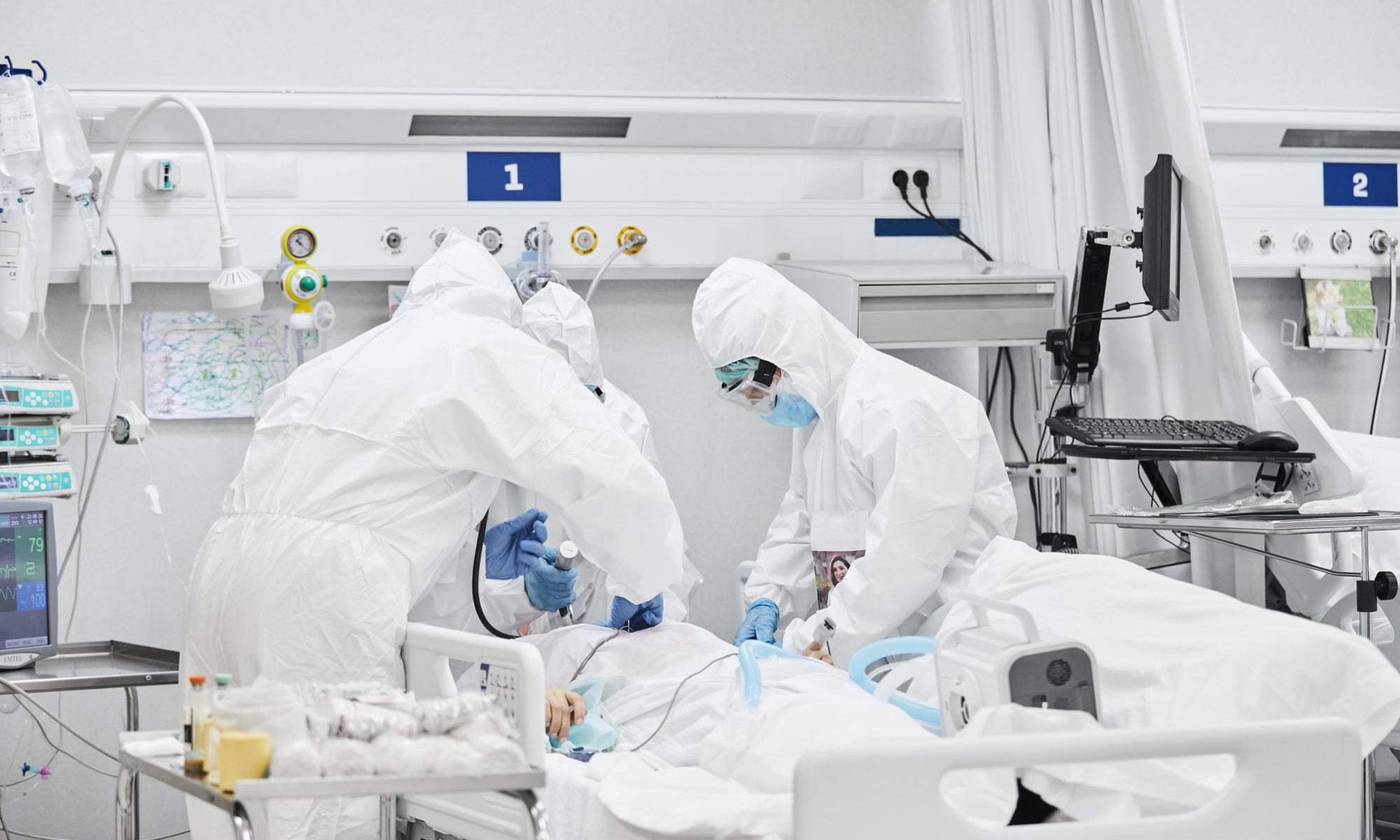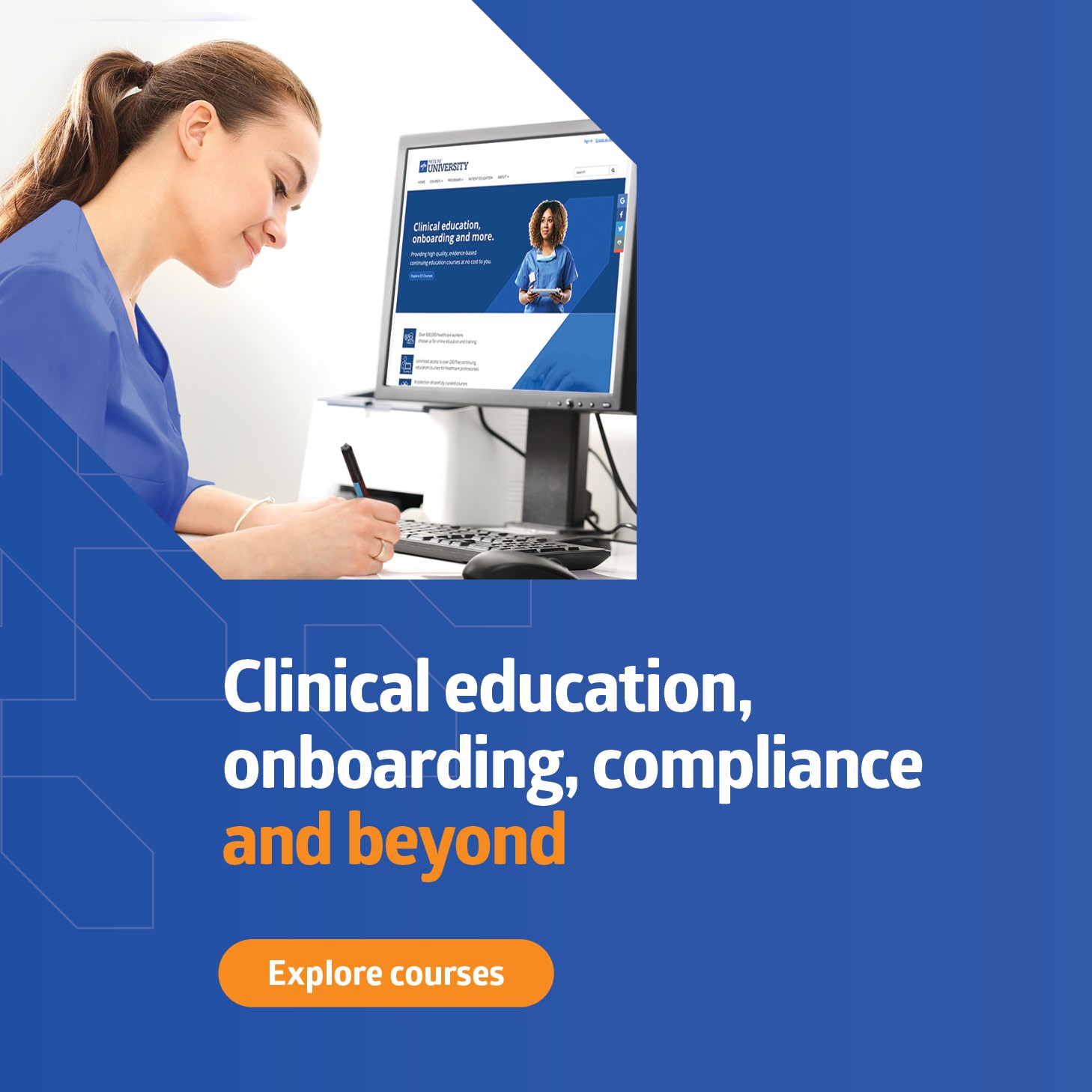Top 3 myths around using lifts to prone patients

Discerning fact from fiction to help caregivers feel more confident and comfortable
By Medline Newsroom Staff | October 19, 2020
New data suggests that proning can help patients with COVID-19, but moving individuals manually comes with other risks. According to the U.S. Department of Labor, healthcare workers are more than five times more likely to sustain musculoskeletal disorders, due in larger part to overexertion while moving and repositioning patients.
When used properly, patient lift technologies can reduce risk of injury to patients and caregivers, according to the FDA. Yet most health facilities still resort to manual techniques. To understand why, the Medline Newsroom, with the help of nurse specialists Barb Pusateri and Jennifer Gassman, investigated common myths around patient lifts to see if they’re truly fact or fiction.
Myth #1: Lift technologies are unsafe or unproven for proning
Reality: The Occupational Safety and Health Administration (OSHA) affirms that “mechanical lifts are safer for both patients and healthcare workers” while also pointing out that “there is no such thing as safe manual lifting of a patient.” One study also found that nurses with mechanical lifting devices available were significantly less likely to have musculoskeletal injuries.
“Lifts also don’t require as many people to be in the room. This is an added advantage particularly during this pandemic because it can minimize caregivers’ risk of exposure,” said Medline Nurse Specialist Jennifer Gassman.
Myth #2: Using a lift is too complicated or difficult to learn
Reality: Learning anything new can be daunting but safe patient handling and mobility programs (SPHMs), which combine patient lift equipment with proper education and training, can make the process of learning how to use lifts much easier while reducing risk of injury.
Both OSHA and the American Nurses Association (ANA) recommend health facilities have SPHM programs in place; to meet this need, Medline developed the Uplift™ Safe Mobility program that integrates safe patient handling, falls management and early mobility.
“People often feel intimidated using the lift. Not just nurses but also doctors, because they’re not familiar with the technology,” said Medline Nurse Specialist Barb Pusateri. “Combining the right tools with the right education is what’s key to helping people feel more comfortable and confident using this technology.”
Myth #3: Caregivers have less control over movement when using lifts
Reality: Some healthcare workers claim to feel more in control when moving patients manually but with lifts they’d be able to do more slow, controlled and fluid movements, Pusateri points out. They also won’t have to rely as much on gravity, she says.
“If I’m turning a patient laterally with a lift, I can move them a little and then hold them in position while I adjust the patient’s lines, move other equipment and check on the patient to make sure they’re stable. Whereas, if I’m moving a patient manually, it’s difficult to do all those things while holding them in a precise position,” Pusateri said.
Watch Medline’s video to learn how you can prone patients using a lift.
Medline Newsroom Staff
Medline Newsroom Staff
Medline's newsroom staff researches and reports on the latest news and trends in healthcare.

